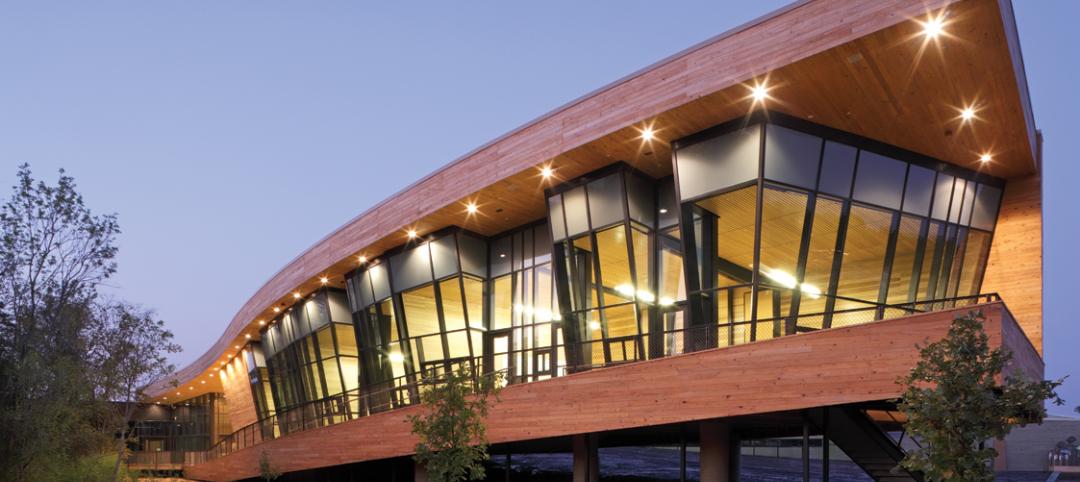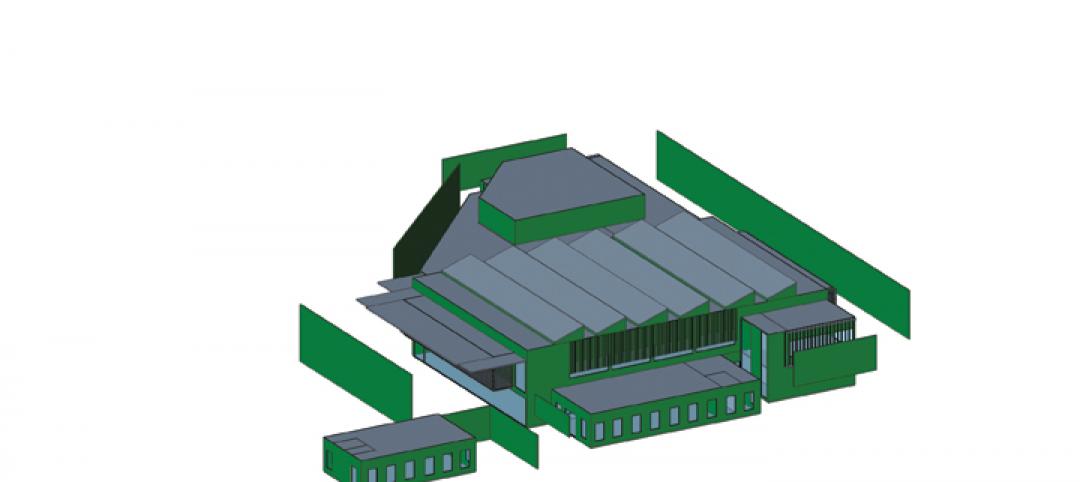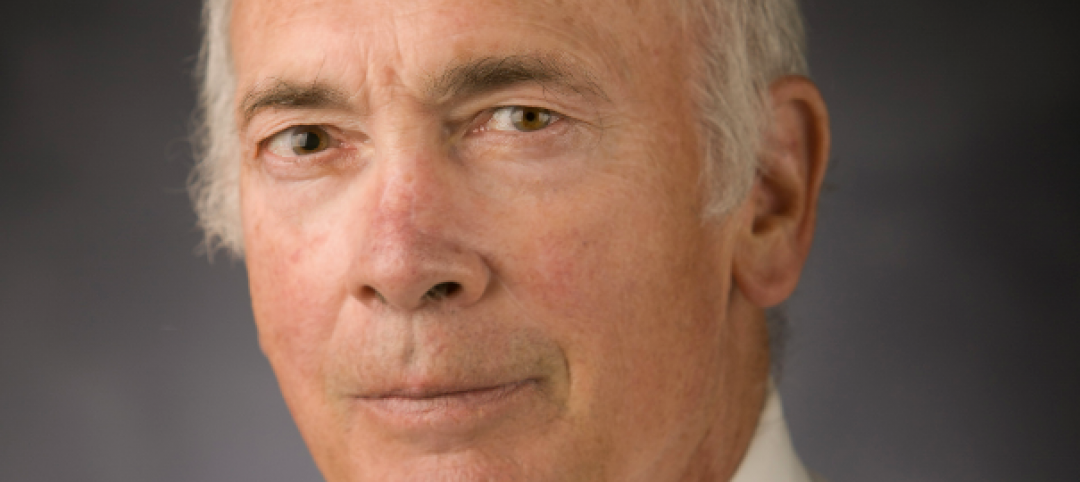BD+C’s sister publication, Construction Equipment, recently field tested Caterpillar’s entry into the rugged mobile device market, the Cat B15 smartphone.
Manufactured by Bullett Mobile Ltd. under license from Caterpillar, the B15 is billed by Cat as “the most progressive, durable and rugged device available on the market today.”
Among the listed features are drop-resistance up to 1.8 meters (nearly five feet), water resistant (submerged up to one meter for 30 minutes), imperviousness to dust, and easy wet-finger tracking ability. The phone starts at $349 and ships unlocked to work with any carrier.
CE Contributing Editor and long-time construction industry professional Pat Crail put the Cat B15 through the paces to see if it actually lived up to the company’s claims. Crail offered the following feedback:
• Wet fingers? No problem. “The first rugged feature that I tested was wet-screen finger tracking on the VGA touch screen. I have used several other touch-screen phones and have always had difficulty with wet-finger tracking, especially if there is any oil or grease present. The B15 masterfully handles wet finger gestures on its screen, even with some oil residue or grease on the fingers.”
• Built to take a beating. “I then tested the phone’s ability to handle the 1.8-meter drop onto a concrete surface. Its aluminum-and-rubber construction lived up to claims. I dropped the phone from 1.8 meters a number of times, with no apparent damage.”
• Passed the water test. “After submerging the Cat B15 for 30 minutes in a meter of water, I pulled it out, shook off the excess moisture, and was able to use the phone immediately for both voice calls and Internet connectivity. I repeated this trial a few times over the several months of testing. To its credit, the B15 easily handled multiple submersions over the three months I used it.”
• Lack of 4G could be an issue for some. “The B15 seemed a bit sluggish when opening large, photo-heavy Web pages and video files, likely a result of the phone’s lack of 4G connectivity. The B15 operates on the latest version of Android and supports 3G wireless connections. According to Caterpillar’s Sarah Crab, there are no plans for the B15 to support LTE (4G) data connections.”
Read CE’s full report. For more on the B15, visit Catphones.com/phones/b15-smartphone.aspx.
Related Stories
| Nov 2, 2010
Cypress Siding Helps Nature Center Look its Part
The Trinity River Audubon Center, which sits within a 6,000-acre forest just outside Dallas, utilizes sustainable materials that help the $12.5 million nature center fit its wooded setting and put it on a path to earning LEED Gold.
| Nov 2, 2010
A Look Back at the Navy’s First LEED Gold
Building Design+Construction takes a retrospective tour of a pace-setting LEED project.
| Nov 2, 2010
Wind Power, Windy City-style
Building-integrated wind turbines lend a futuristic look to a parking structure in Chicago’s trendy River North neighborhood. Only time will tell how much power the wind devices will generate.
| Nov 2, 2010
Energy Analysis No Longer a Luxury
Back in the halcyon days of 2006, energy analysis of building design and performance was a luxury. Sure, many forward-thinking AEC firms ran their designs through services such as Autodesk’s Green Building Studio and IES’s Virtual Environment, and some facility managers used Honeywell’s Energy Manager and other monitoring software. Today, however, knowing exactly how much energy your building will produce and use is survival of the fittest as energy costs and green design requirements demand precision.
| Nov 2, 2010
Yudelson: ‘If It Doesn’t Perform, It Can’t Be Green’
Jerry Yudelson, prolific author and veteran green building expert, challenges Building Teams to think big when it comes to controlling energy use and reducing carbon emissions in buildings.
| Nov 2, 2010
Historic changes to commercial building energy codes drive energy efficiency, emissions reductions
Revisions to the commercial section of the 2012 International Energy Conservation Code (IECC) represent the largest single-step efficiency increase in the history of the national, model energy. The changes mean that new and renovated buildings constructed in jurisdictions that follow the 2012 IECC will use 30% less energy than those built to current standards.
| Nov 1, 2010
Sustainable, mixed-income housing to revitalize community
The $41 million Arlington Grove mixed-use development in St. Louis is viewed as a major step in revitalizing the community. Developed by McCormack Baron Salazar with KAI Design & Build (architect, MEP, GC), the project will add 112 new and renovated mixed-income rental units (market rate, low-income, and public housing) totaling 162,000 sf, plus 5,000 sf of commercial/retail space.
| Nov 1, 2010
John Pearce: First thing I tell designers: Do your homework!
John Pearce, FAIA, University Architect at Duke University, Durham, N.C., tells BD+C’s Robert Cassidy about the school’s construction plans and sustainability efforts, how to land work at Duke, and why he’s proceeding with caution when it comes to BIM.
| Nov 1, 2010
Vancouver’s former Olympic Village shoots for Gold
The first tenants of the Millennium Water development in Vancouver, B.C., were Olympic athletes competing in the 2010 Winter Games. Now the former Olympic Village, located on a 17-acre brownfield site, is being transformed into a residential neighborhood targeting LEED ND Gold. The buildings are expected to consume 30-70% less energy than comparable structures.















